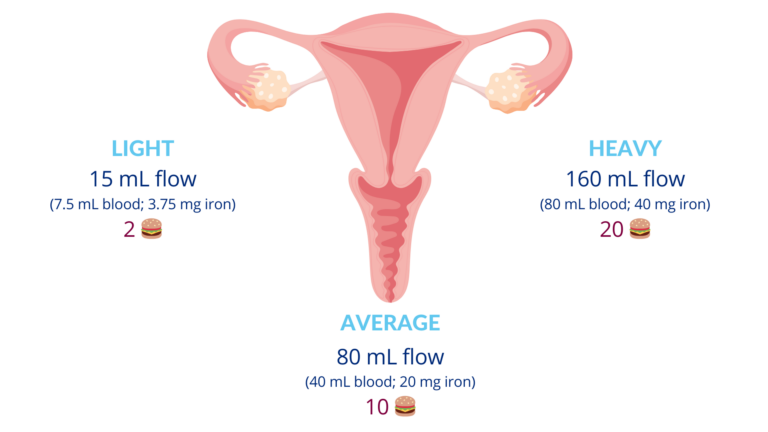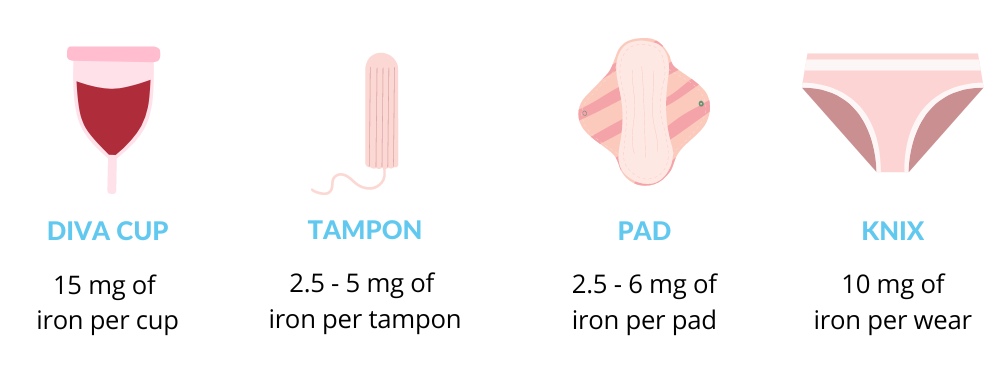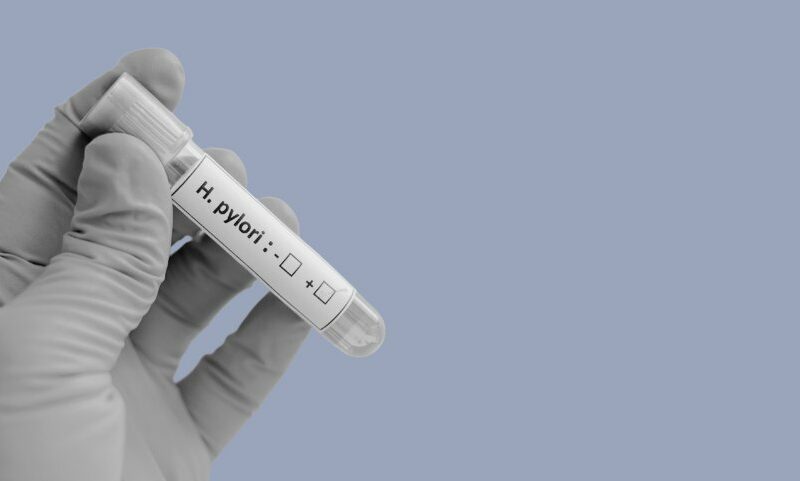
Menstruation and iron deficiency
We’ve normalized menstrual bleeding to the point that we’ve forgotten it’s a major risk for health problems in women’s daily lives. Missed work. Missed school. Tired days. It’s just a bloody part of your bloody life.
Except it doesn’t need to be.
We can be pretty hush hush about periods. It’s often ignored in doctors visits unless patients bring it up, but why would you if you don’t even know it’s a problem?
We think less than half of women who have truly consequential heavy periods bring it up. In context, we think up to half of women have heavy bleeds.
Doctors pay lip service to period problems by asking “do you bleed heavy?”
What is even heavy?
Most of the time the answer lies somewhere between 21 super absorbent pads and 5 Divacups. Basically, all over the place.
This is probably the reason we have such trouble quantifying fluid loss during a period and then somehow translating what you’ve “measured” into actual blood loss and ultimately the thing we want to know, iron loss.
Ok, so what's in a period?

Flow is made of uterine tissue, cervical mucus and other secretions. When you’re measuring your fluid loss it’s not a 1:1 to blood loss. We can estimate though how much blood you’re losing.

How much is too much?
This is a rough guide. You can also ask yourself these questions to know if you bleed too much.
How often do you change your tampon/pad on peak flow days?
Normally, pads and tampons are changed every 3 hours. This does not account for super absorbent pads.
How many pads/tampons do you use in a single menstrual period?
Normally, less than 21 regular pads/tampons are used per cycle.
Do you need to change the pad/tampon during the night?
Normally, this is seldom.
How large are clots that are passed?
Normally, they are less than 1 inch in diameter.
Have you ever been told you are iron deficient?
A fully normal ferritin is >100 μg/L. Anything less is asking for symptoms.
Cute options

Asking these kinds of questions is helpful, but doesn’t capture everyone who needs help to reduce the bleeding and to replace the iron lost.
For 40 years of the average woman’s life, she bleeds. She bleeds for up to 8 days a month, 12 months a year for FORTY years.
That’s if she doesn’t have fibroids, endometriosis, polyps, PCOS, bleeding disorders or a copper IUD.
We should be routinely screening for and testing menstruating women for iron deficiency.










